It’s often hard to explain to people why I am so obsessed with birds and traveling all over the world to see them. Watch this video and if you find yourself smiling and nodding throughout then you have the birding bug as badly as I do!

It’s often hard to explain to people why I am so obsessed with birds and traveling all over the world to see them. Watch this video and if you find yourself smiling and nodding throughout then you have the birding bug as badly as I do!
Relax, take a break from the shopping frenzy and see what kind of birder you are with this fun quiz. It only takes 5 minutes!
My results were spot on!
We were given a pick-up time of 9:30am which pretty much killed any hope of going anywhere for birding so we had to do the best we could at the hotel. Lucky for us the Addis Ababa Hilton has vast grounds with lots of birds! We were up at 6am and birded for a couple hours. Here are some of the birds and a nice look at the grounds of the Hilton.
I did my best to match them up with pics in the bird book – Birds of Africa South of the Sahara 2nd Edition by Ian Sinclair & Peter Ryan.
African Mourning Doves
Heuglin’s Wheatear
Hilton Swimming Pool
Dusky Turtle Dove
Typical arched hall linking the various wings of the Hilton
I’d really like to get this Sunbird right. I’m struggling to find one with the iridescent green head, purple breast, cream belly and yellow patch on the wing but without a red collar! If anyone can help, please comment!
So far the most likely suspects are Violet-breasted Sunbird, White-bellied Sunbird, Oustalet’s Sunbird, Amani Sunbird, Eastern Violet-backed Sunbird or Variable Sunbird. Any of these birds’s pics in the bird book are close but none are spot on.
Some kind of Bulbul?
Who’s hiding in there?
A little Speckled Mousebird!
While we only saw a few birds, considering this is just 2 hours in a major hotel in the capital city, I’d say Ethiopia is worth a 2nd visit someday to see more birds!
If you are planning to visit Kruger right after Magoebaskloof I want to point out a better route. I usually rely on Google maps and they will recommend the route I outlined in red. However David Letsoalo said the road was in poor condition and slow going and it was much better to go via Gravelotte and Hoedspruit as shown below.
.
Kruger National Park is HUGE and there is so much to see there. It’s impossible to see it all in one trip and odds are that you will make several trips there over your lifetime. On previous trips going back to the 90’s I have been to Lower Sabie, Olifants, Pretoriuskop and Skukuza. In 2009, my husband and I went to Punda Maria in the north since it was recommended for birding. What I really love about Kruger is that is is soooo easy to DIY your own safari in your own car! The roads are very well maintained and although it can get crowded in peak season, if you go in the off season you won’t have to deal with crowds. You don’t need a 4WD, a sedan car will do just fine. Look here for how to find the best deal on a rental car.
Since this trip was just a whistle-stop tour as part of a major trip all over Africa, we only had 2 days to spare so I had to choose wisely. Here’s how to make the most of your time in Kruger, no matter how little it is!
1. Use the SANPARKS website to study the park. Make sure the driving time is realistic if you will be leaving the park and going straight to the airport. I decided Orpen Gate was a good entry point from Magoebaskloof and leaving via Malalane Gate would give us a nice safari on the way out of the park and back to JNB.
2. If you know what species you are targeting, see if any camps are known for that species. You will probably have to look at each camp individually so make the time to do your homework! I was targeting Brown-headed Parrots (Poicephalus cryptoxanthus) in particular, then just birding in general and of course any mammals in the area. Voila, there they are, right in the top 5 for Pretoriuskop!
We had 2 days and Pretoriuskop was too far to drive considering a half day of birding in Magoebaskloof first so we needed one night a bit closer. After spending some time on Google and reading birding trip reports I saw that several people reported seeing the parrots in Satara Restcamp which was an easy drive from Orpen Gate. Satara is also known for lion and even the most devoted birder likes to see lions in Kruger!
3. Book everything in advance on SANPARKS website. You can even pay the conservation fees in advance so you can just breeze right through the gate. Bring your printout to show the rangers.
4. Never pass by a public restroom! You will find them at all restcamps, entry gates and picnic areas but they can be 2 hours away in some areas and you are not allowed to leave your car outside of picnic areas.
5. Fill up your car before entering the park, also stock up on supermarket goods such as snacks and drinks. You can either self cater in the camp kitchens or braais (BBQ) or eat in restaurants which turned out to be pretty reasonably priced. I will review camp facilities later.
6. Do at least one night safari with the camp rangers! We did one at Satara and it was awesome! What I liked about Satara’s safari is that it left at 8pm whereas some camps only have sunset drives which leave around 6pm.
Here’s a teaser shot of what’s to come on my night safari post!
During the planning stages of “The Mother of all African Adventures“, I was targeting areas in which parrot species could be found along with many other bird and mammal species. I will copy the targets here and give you the results to show how goal planning can affect your trip. Of course the trip will be blogged in detail over the next few months.
I have copied below the parrot species I was targeting which represent 17 out of the 24 species that are found in Africa and the neighboring island nations. Successes will be highlighted in lime green.
1. Rose-ringed Parakeet – Psittacula krameri. We have seen them in several places in India and feral populations in Europe. Not a priority but may see them during the trip.
Result: Not seen on this trip.
2. Mauritius Parakeet – Psittacula echo. Habitat in Black River Gorges National Park, easily driven from hotel in Mauritius.
Result: Seen well in Black River Gorges National Park.
3. Gray Parrot – Psittacus erithacus. Has large range but many places difficult, expensive or possible unsafe to travel to. Easiest place to see them near Star Alliance airport is in Ghana at Kakum National Park.
Result: Only a pair seen flying at a distance in Kakum National Park.
4. Greater Vasa Parrot – Coracopsis vasa. Madagascar endemic, easiest place to find them near Star Alliance airport is Andasibe National Park.
Result: Seen well at Ankarafantsika National Park.
5. Lesser Vasa Parrot – Coracopsis nigra. Madagascar endemic, easiest place to find them near Star Alliance airport is Andasibe National Park.
Result: Seen well at Ankarafantsika National Park.
7. Black-winged Lovebird – Agapornis taranta. Found in Ethiopia. Slim chance to see them if there is a long layover at Addis Ababa.
Result: We had a scant hour of early dawn light to try to find them on a brief layover and failed to find any. Needed more time!
8. Red-headed Lovebird – Agapornis pullarius. Habitat not easily accessible, best chance is in Ghana.
Result: Poorly seen in dense foliage at University of Ghana, Accra.
11. Fischer’s Lovebird – Agapornis fischeri. Found in Tanzania, targeting them in Arusha, Tarangire and Serengeti.
Result: Seen well near Ndutu Safari Lodge on Serengeti border.
12. Yellow-collared Lovebird (Masked Lovebird) – Agapornis personatus. Found in Tanzania, targeting them in Arusha, Tarangire and Serengeti.
Result: Seen well at Tarangire National Park, Tanzania.
14. Grey-headed Lovebird – Agapornis canus. Madagascar endemic, easiest place to find them near Star Alliance airport is Anatanarivo’s Tsimbazaza Park.
Result: Seen at Ankarafantsika National Park.
15. Red-fronted (Jardine’s) Parrot – Poicephalus gulielmi. Targeted in Arusha National Park and possible Ghana.
Result: Seen at a distance at Arusha National Park, Tanzania
16. Cape Parrot – Poicephalus robustus. Southern coast of South Africa. Will try to find them as close as possible to Port Elizabeth.
Result: Seen well in King William’s Town, South Africa.
17. Brown-necked Parrot – Poicephalus fuscicollis. Subspecies of Cape Parrot. Have seen in Magoebaskloof, planning on return visit.
Result: Seen well at Magoebaskloof, South Africa.
18. Brown-headed Parrot – Poicephalus cryptoxanthus. Easiest to find in northern Kruger National Park.
Result: Seen well at Pretoriuskop Restcamp, Kruger National Park.
19. Red-bellied Parrot – Poicephalus rufiventris. Found in Tanzania, targeting them in Tarangire.
Result: Seen well at Tarangire National Park, Tanzania.
21. Meyer’s Parrot – Poicephalus meyeri. Several subspecies spread out over southern and central Africa. Best places to target them are northern South Africa and Tanzania’s Tarangire and Serengeti.
Result: Seen well at Tarangire National Park, Tanzania.
24. Senegal Parrot – Poicephalus senegalus. Wide-spread in West Africa but easiest place to see using Star Alliance airports would be Shai Hills, Ghana near Accra.
Result: Seen briefly at Shai Hills, Ghana.
By “seen well” I mean that the bird stuck around long enough to have a good look and get photos. In some cases, all we could see were birds flying rapidly through the trees or scrambling through foliage.
17 out of 24 parrot species targeted.
15 out of these 17 were seen.
11 out of these 15 were “seen well”
That’s actually not bad when you consider how unpredictable wild birds can be, and it only happened because I did TONS of research to give myself the best possible odds!
Bruny Island is on the bucket list of many birders for its rich and varied birdlife. Inala has a good list of birds and mammals found here. They can also provide accommodation and guided birding tours.
Being budget travelers, we birded independently as we drove south from the ferry dock. Here are some of the best birds we saw (that I got pics of).
We saw our first Tasmanian endemic bird – Green Rosellas a few km before the Cheese shop.
A small flock of Yellow-tailed Black Cockatoos were in the trees surrounding the Cheese Shop.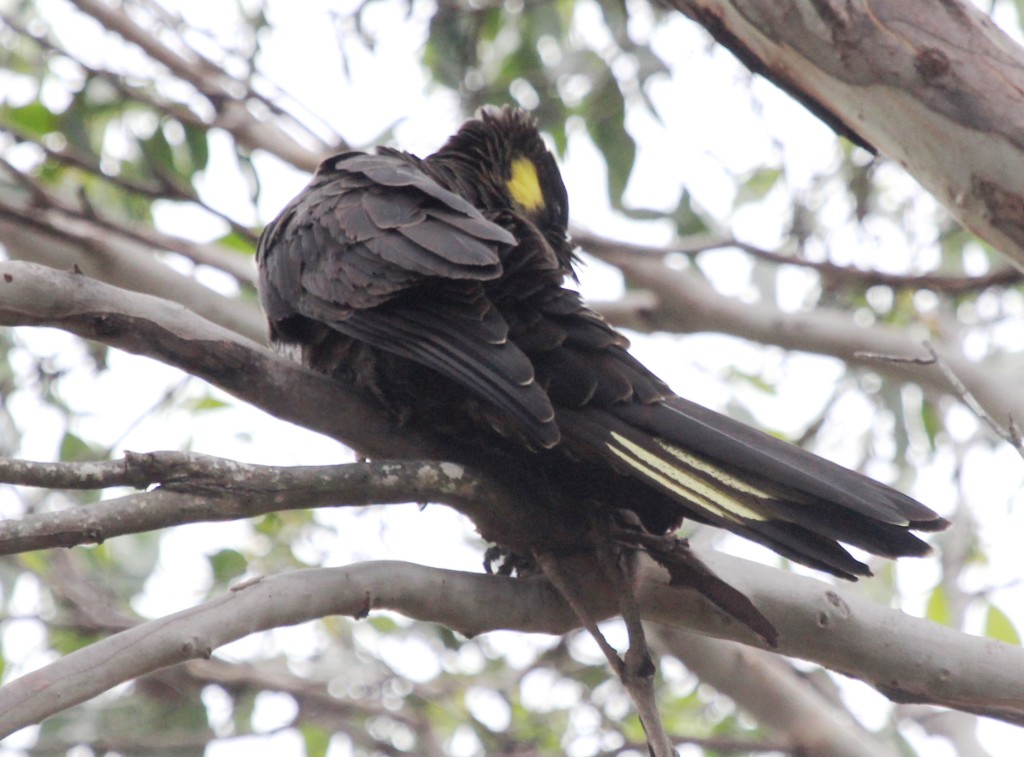
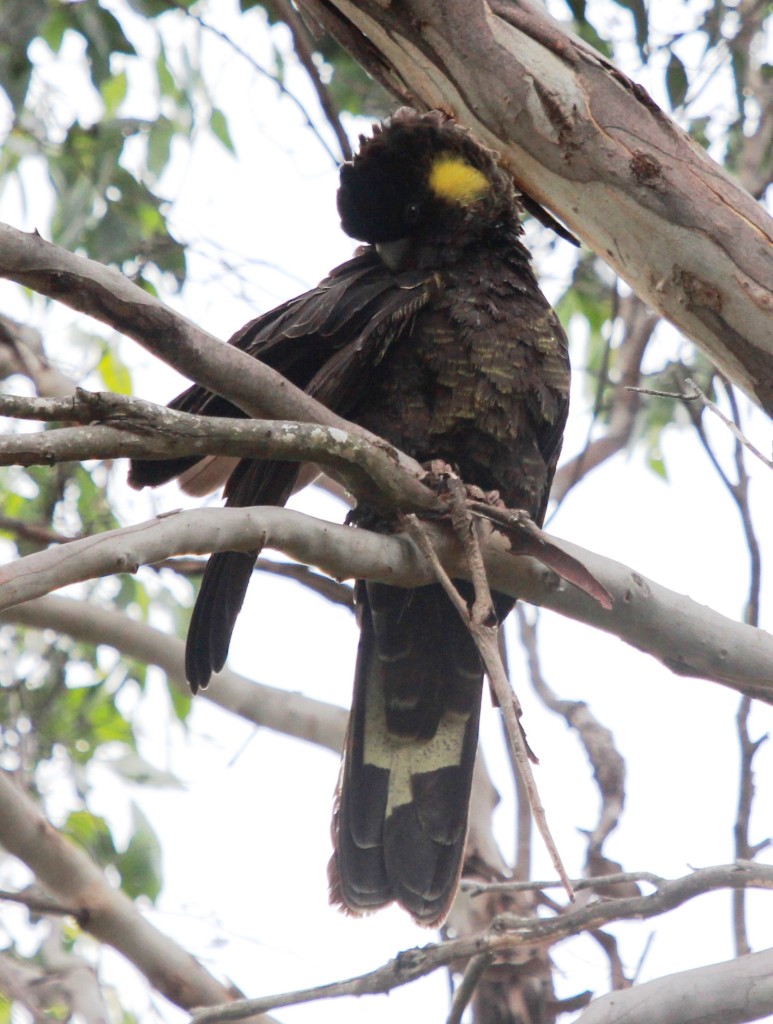
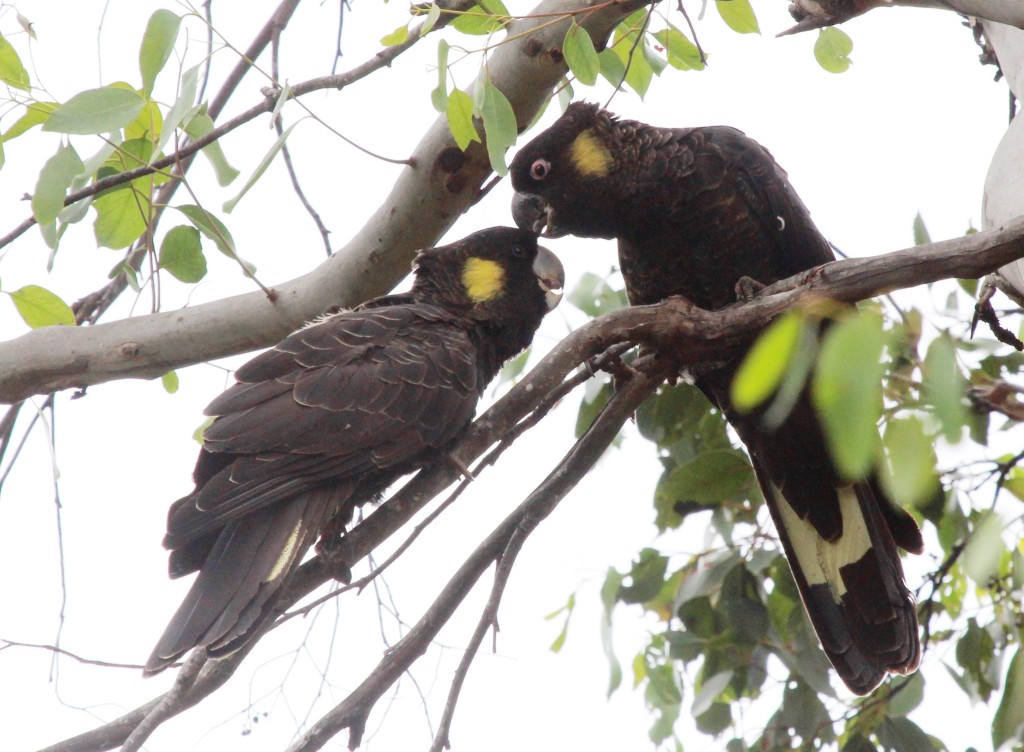
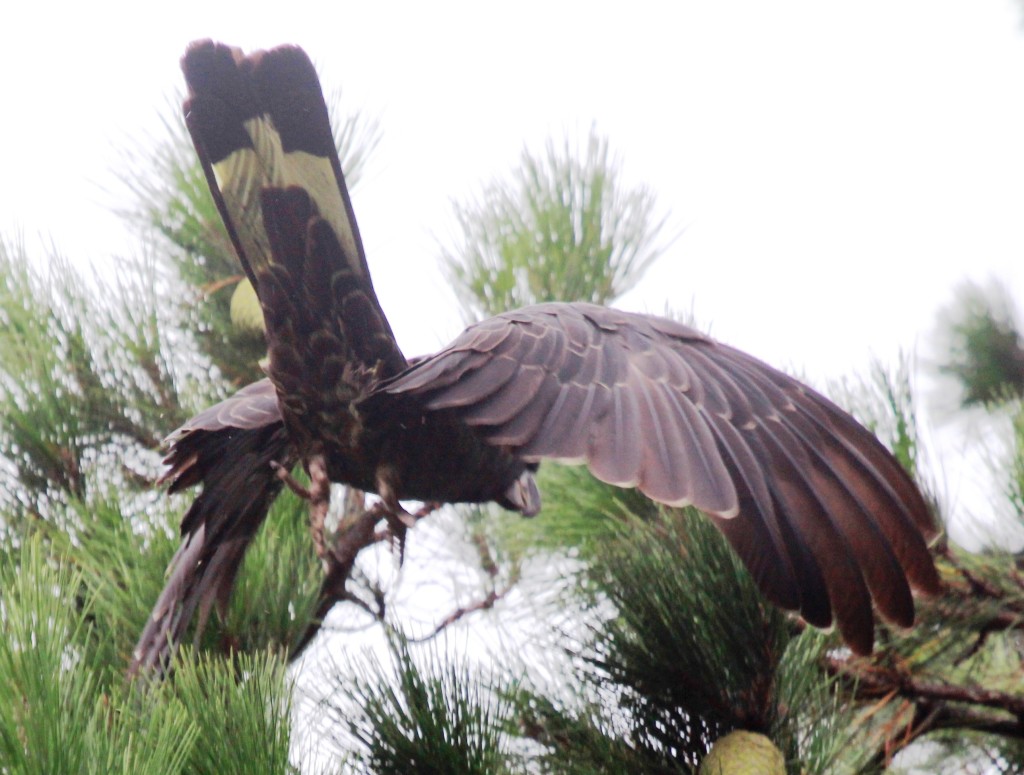
Assorted sparrows, LBJs and Fairy-wrens were at the Penguin Cafe hoping to snatch up leftover food.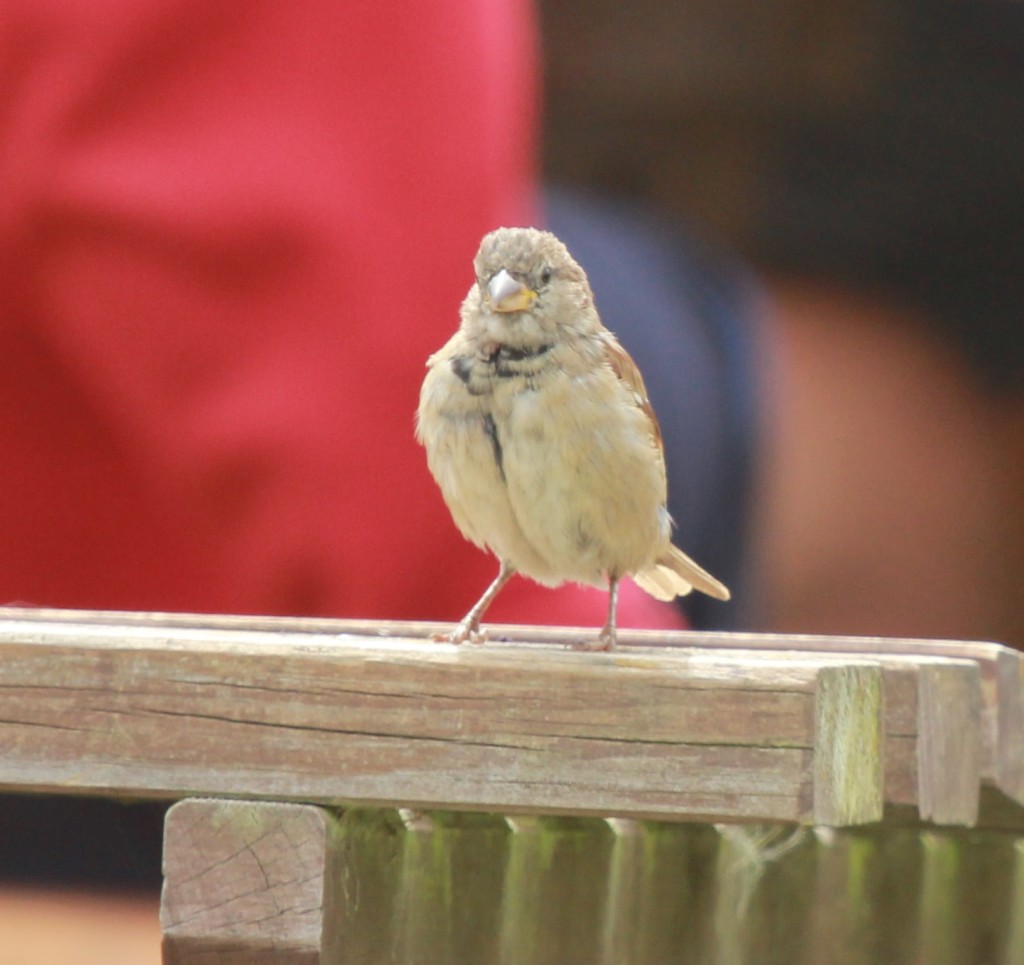
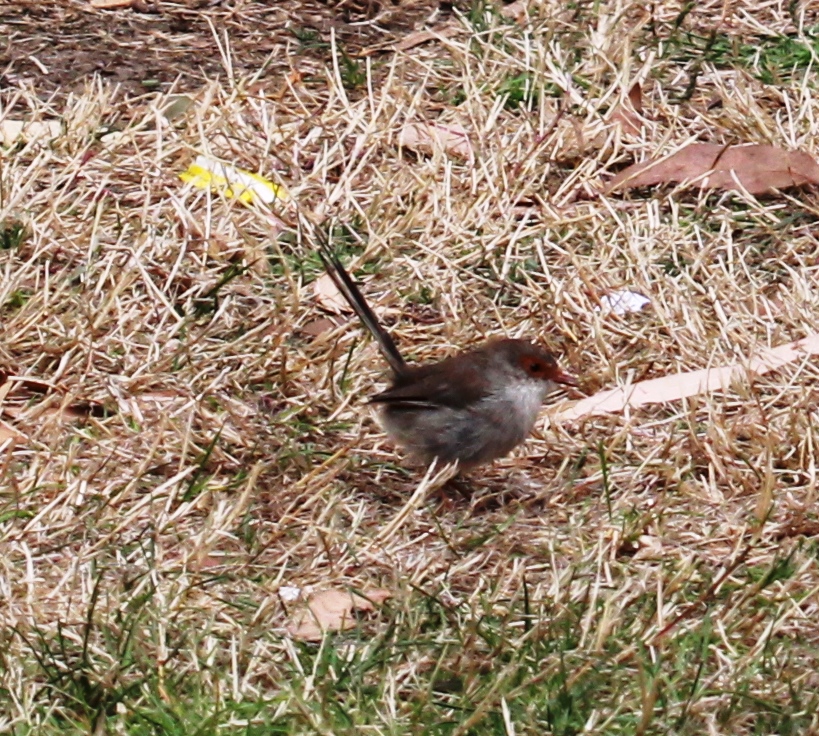
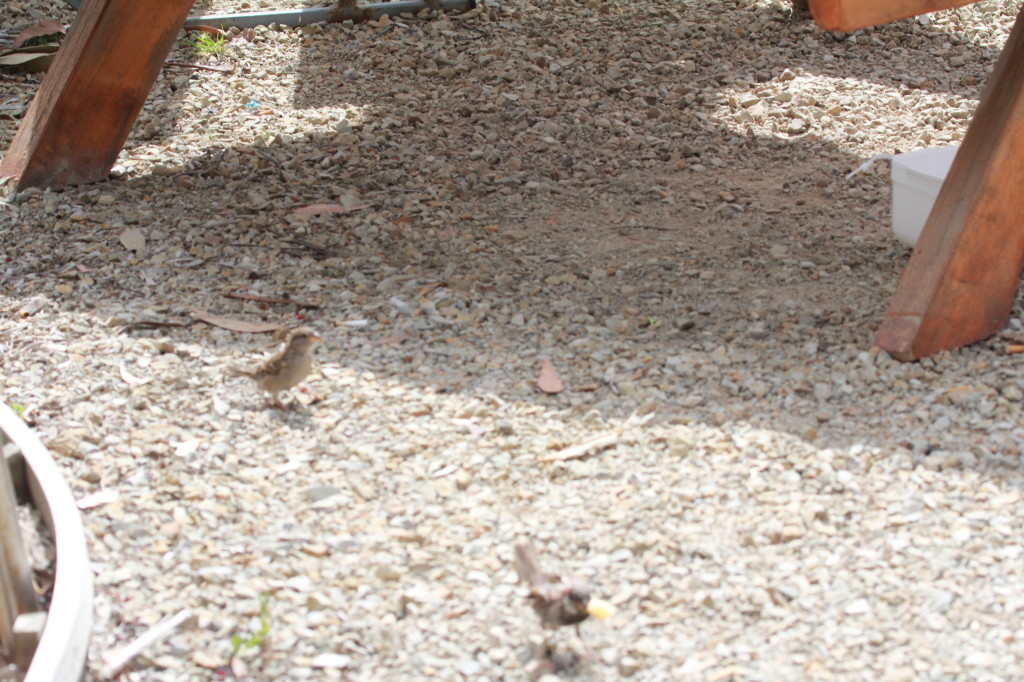
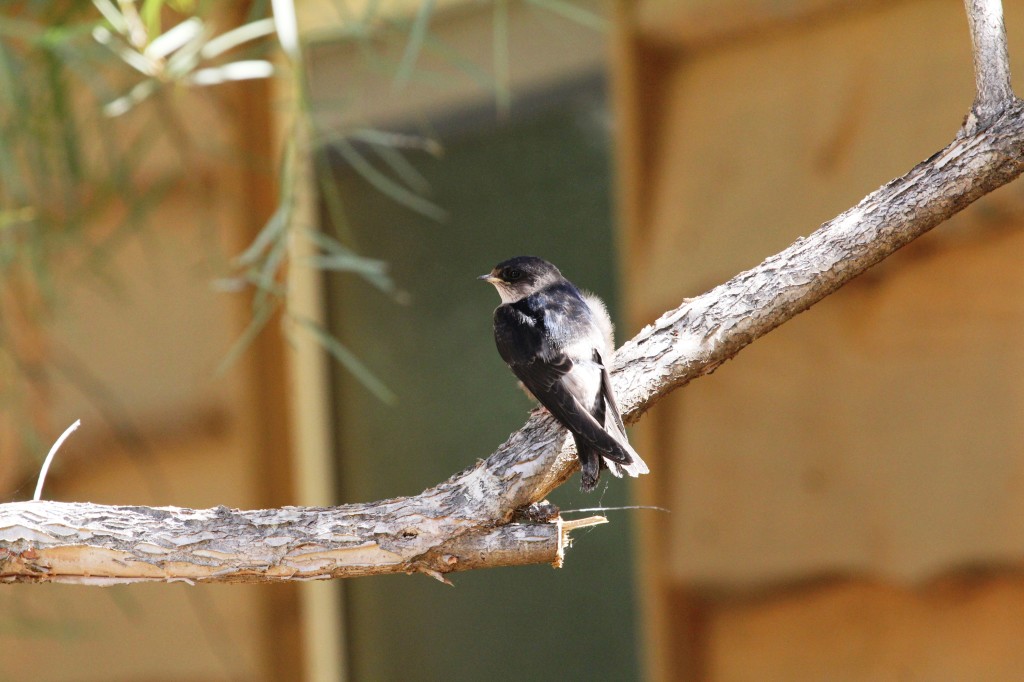
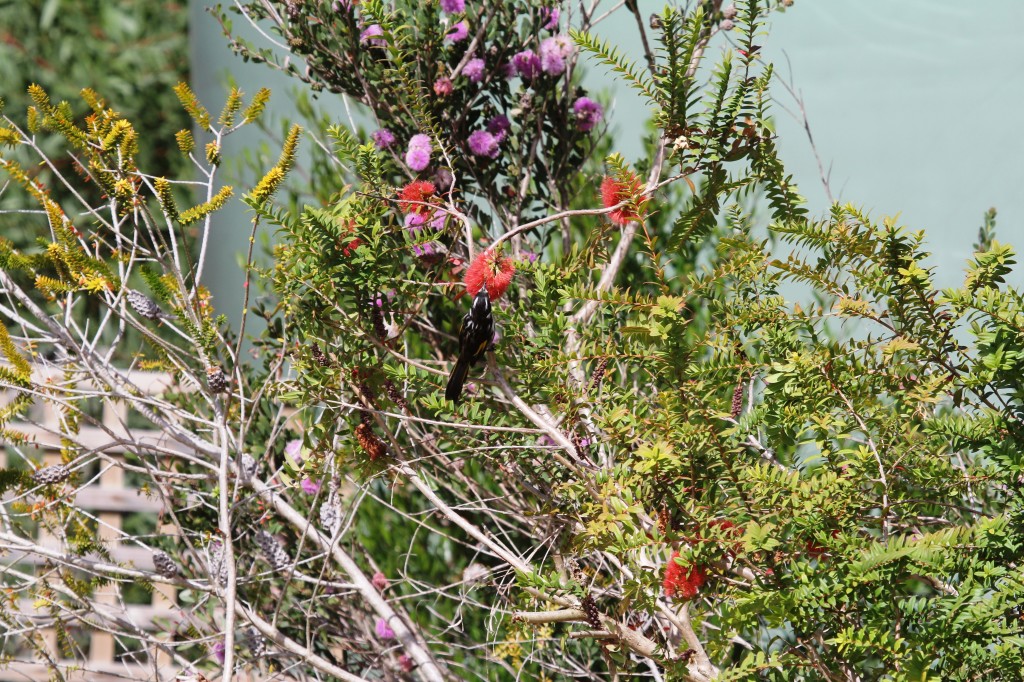
The bright blue Superb Fairy-wrens are male, the brown ones are female.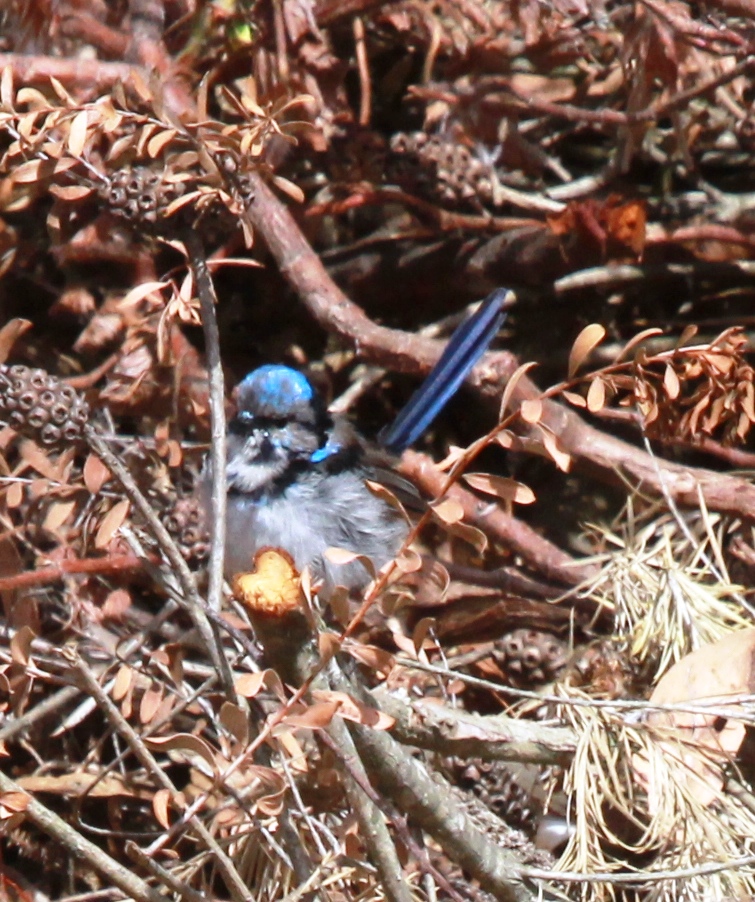
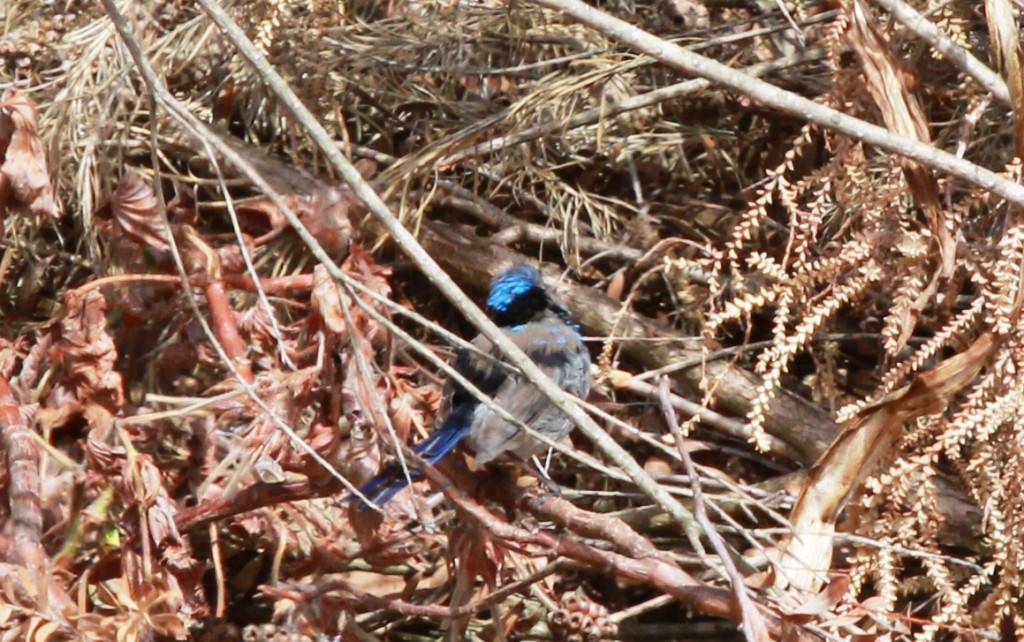
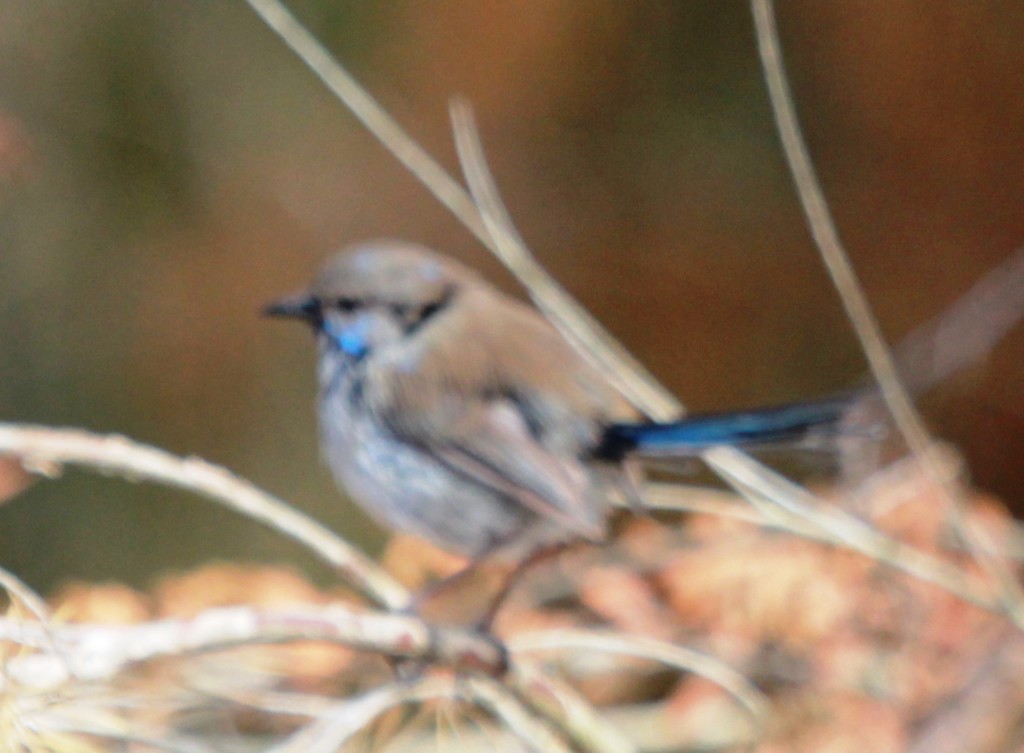
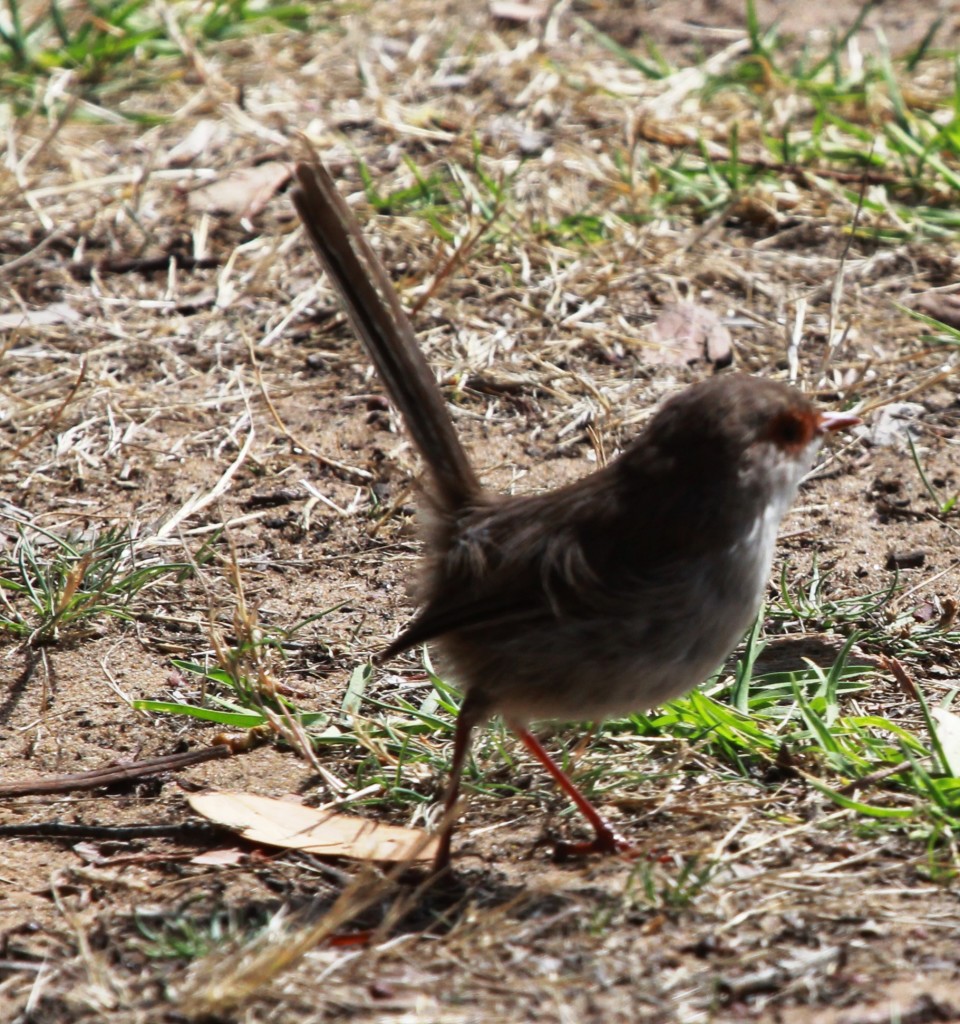
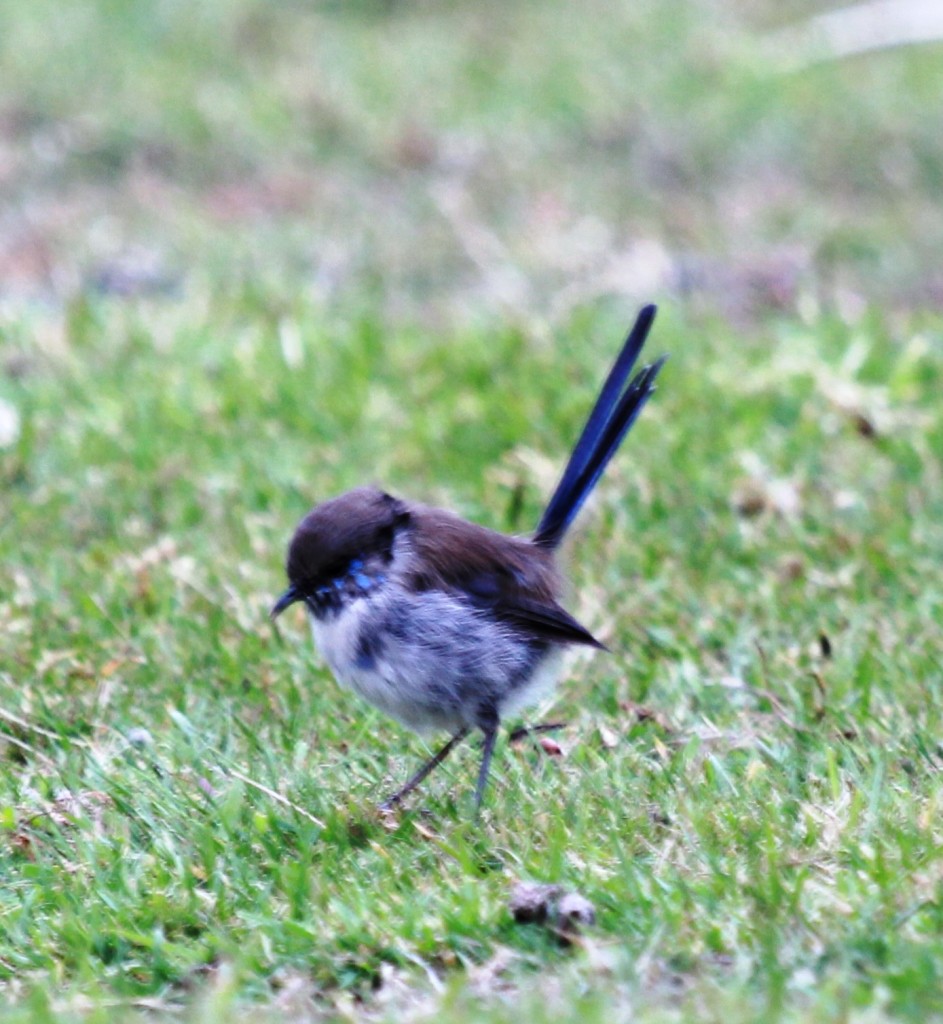
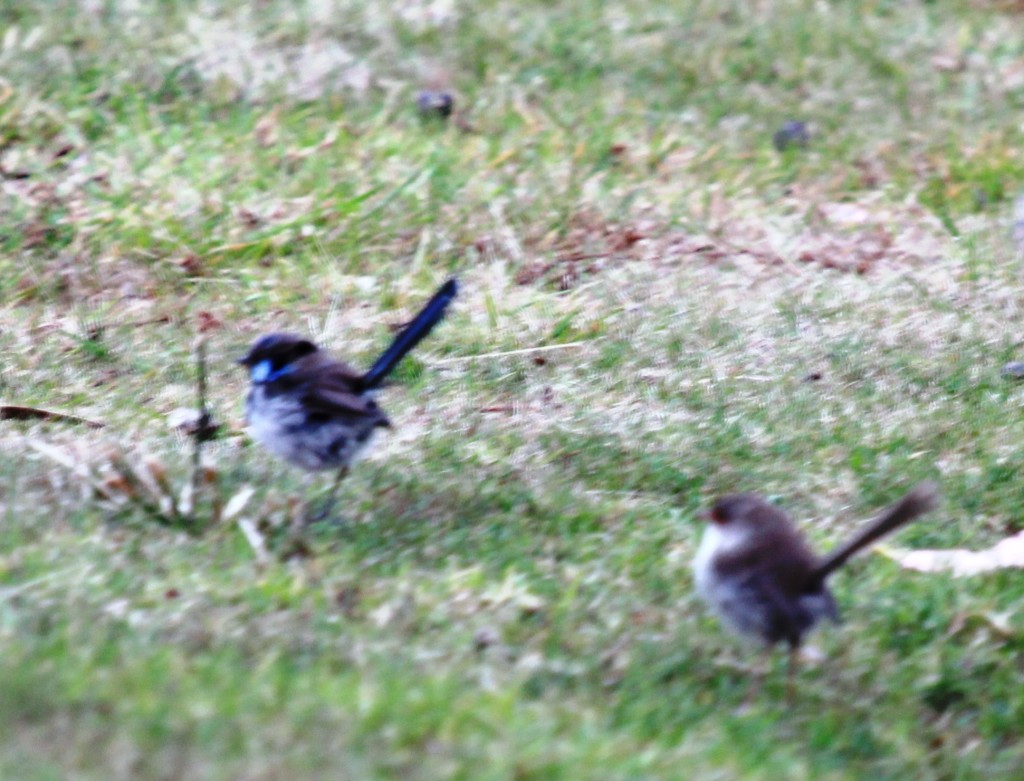
We saw a Scarlet Robin in the Captain Cook Caravan Park grounds.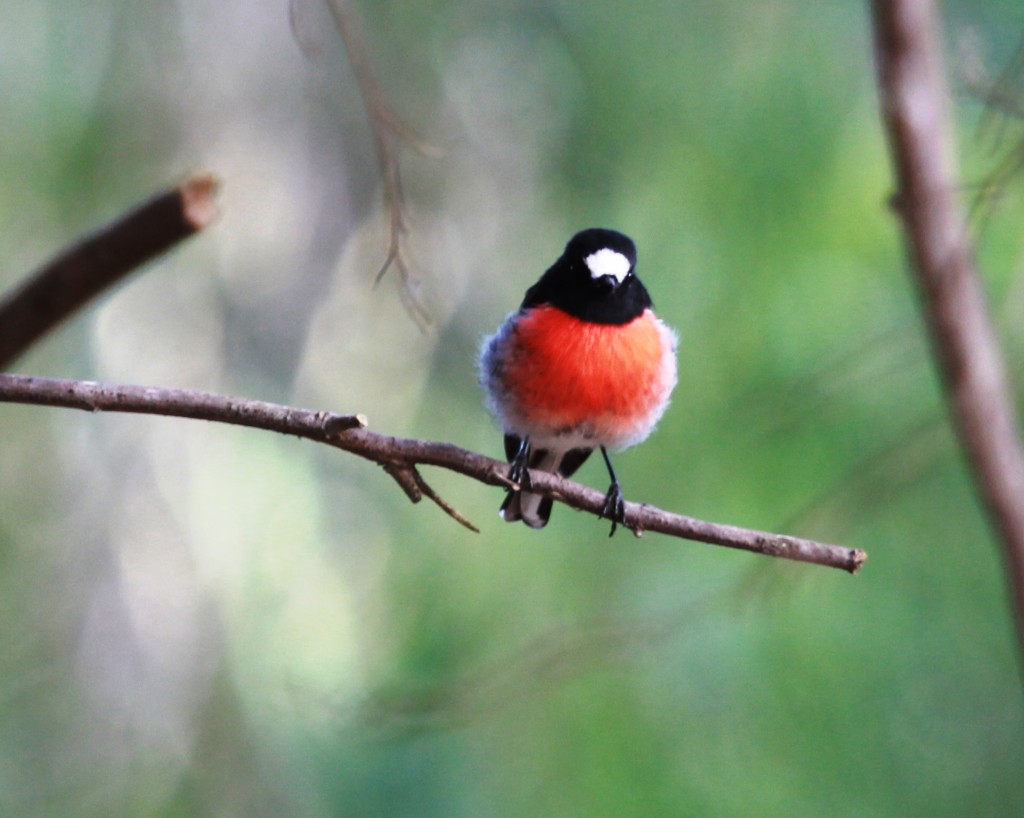
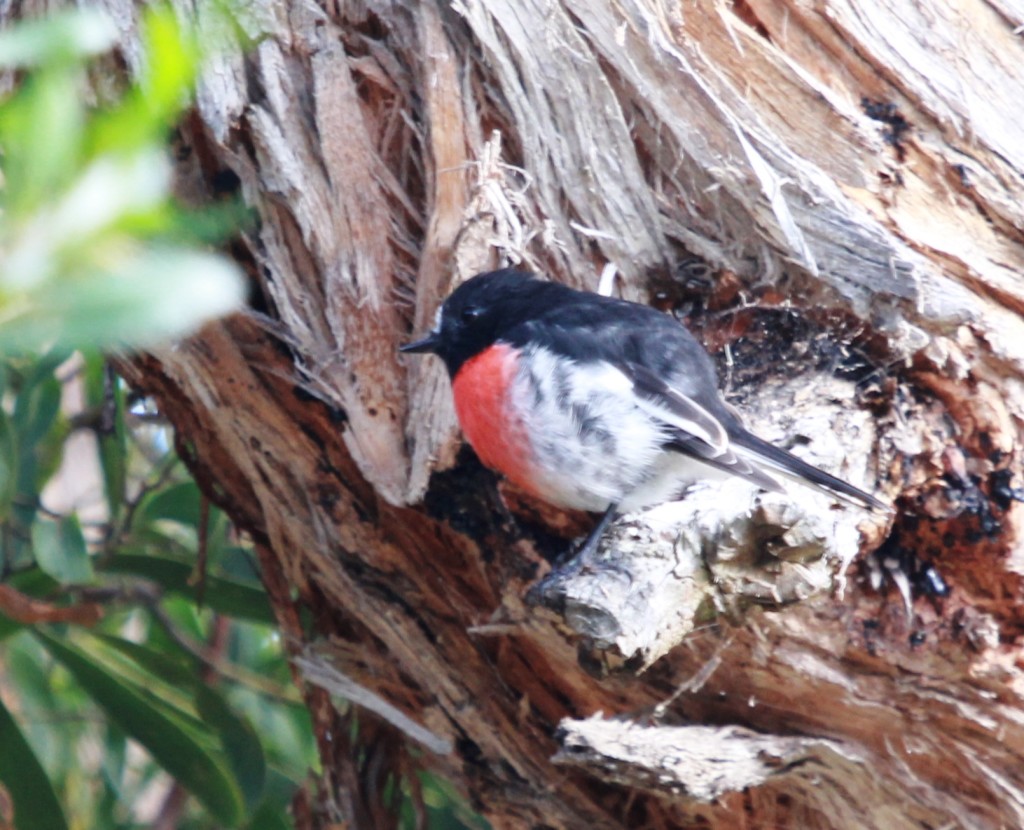
Moving down to the beach opposite Captain Cook’s we saw some black swans.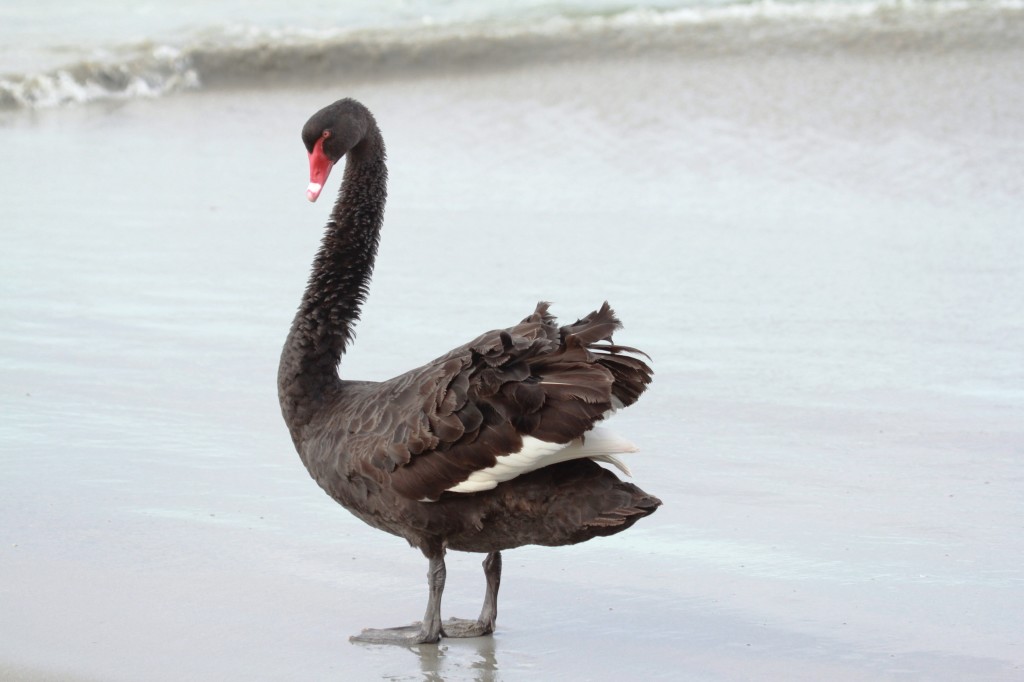
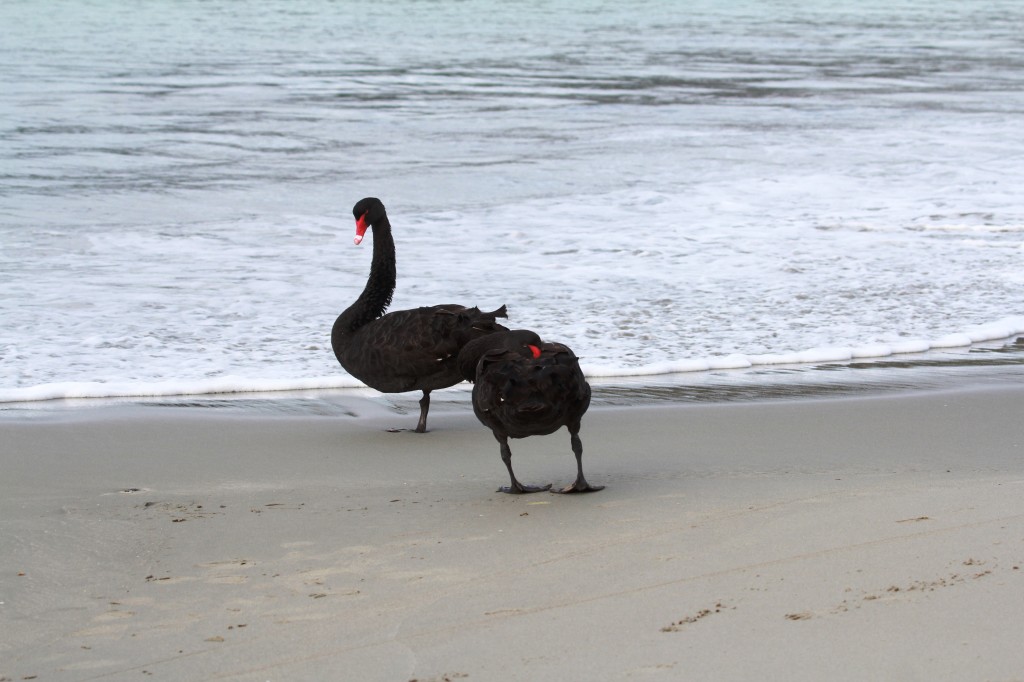
Tasmanian Native Hens were in the grounds at Captain Cook’s.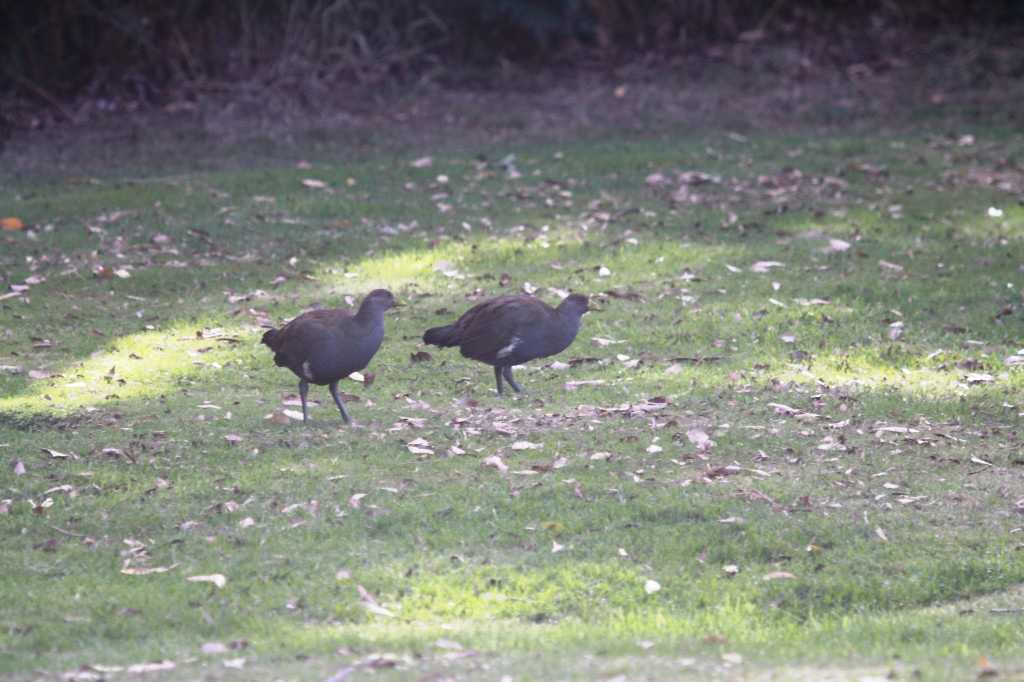
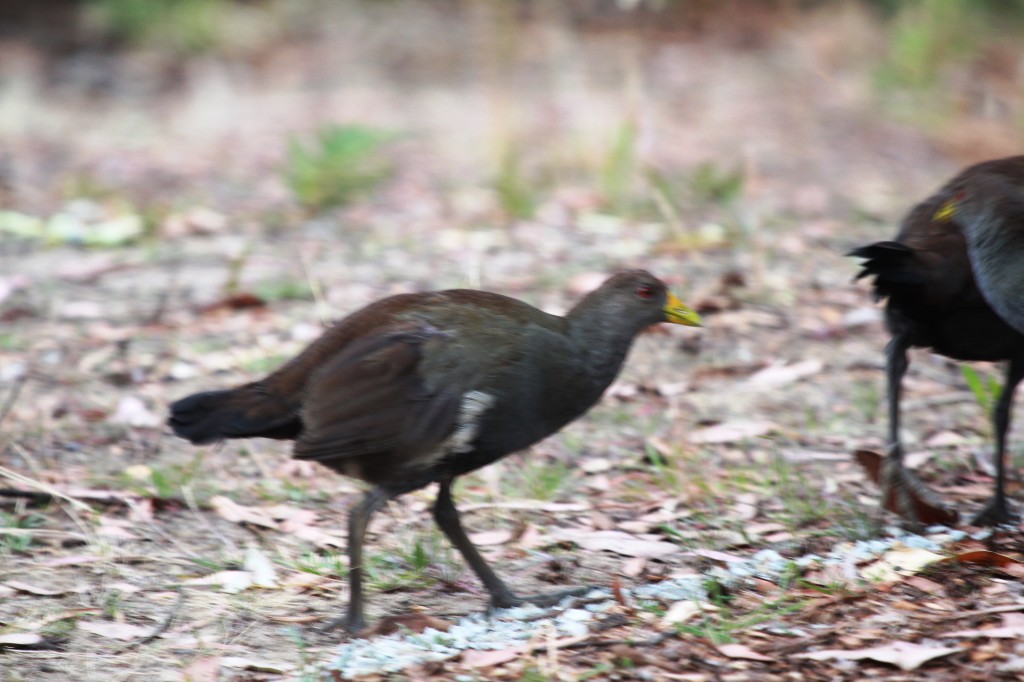
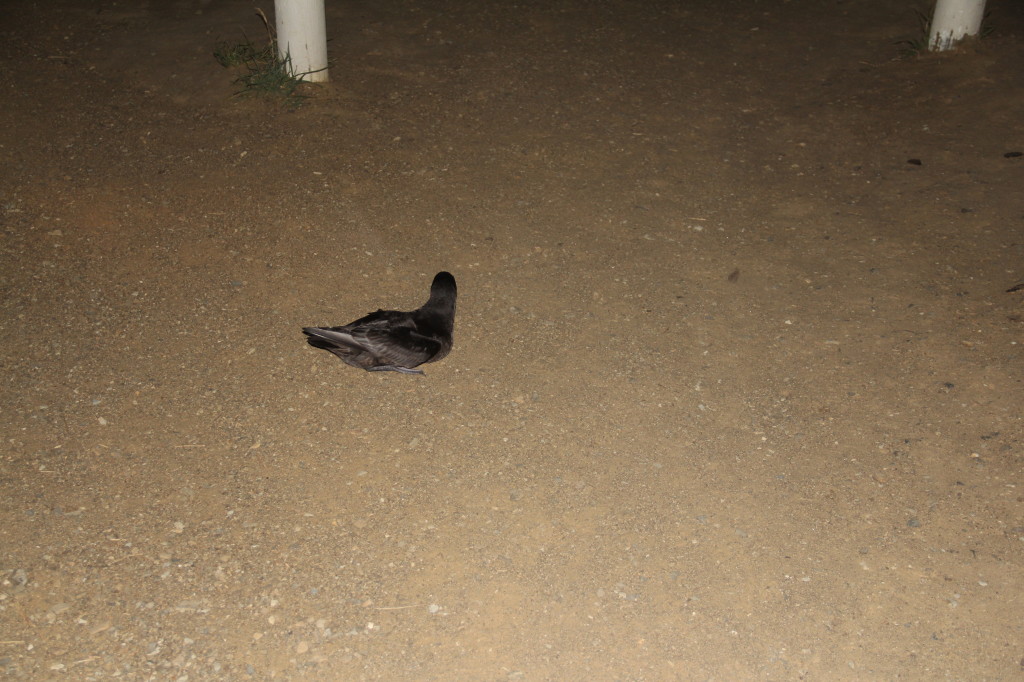
These Green Rosellas were foraging at the entrance to Captain Cook’s.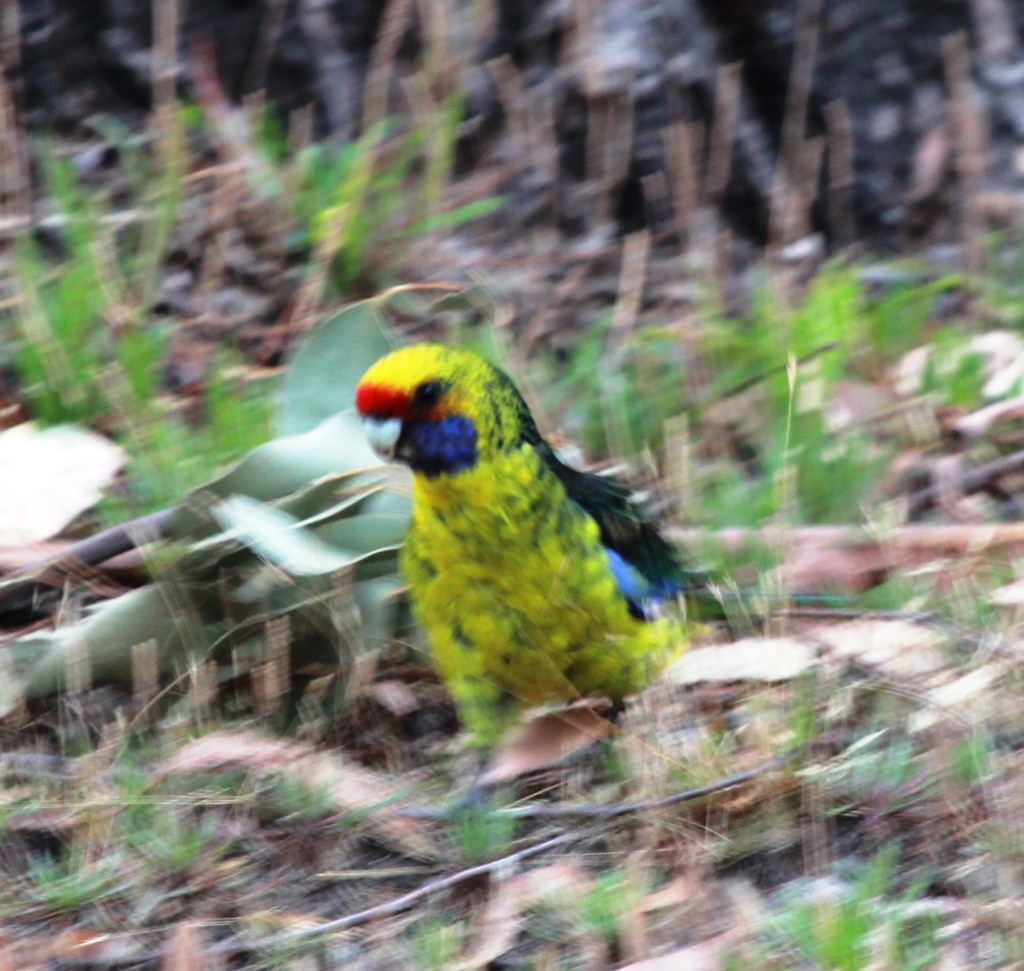
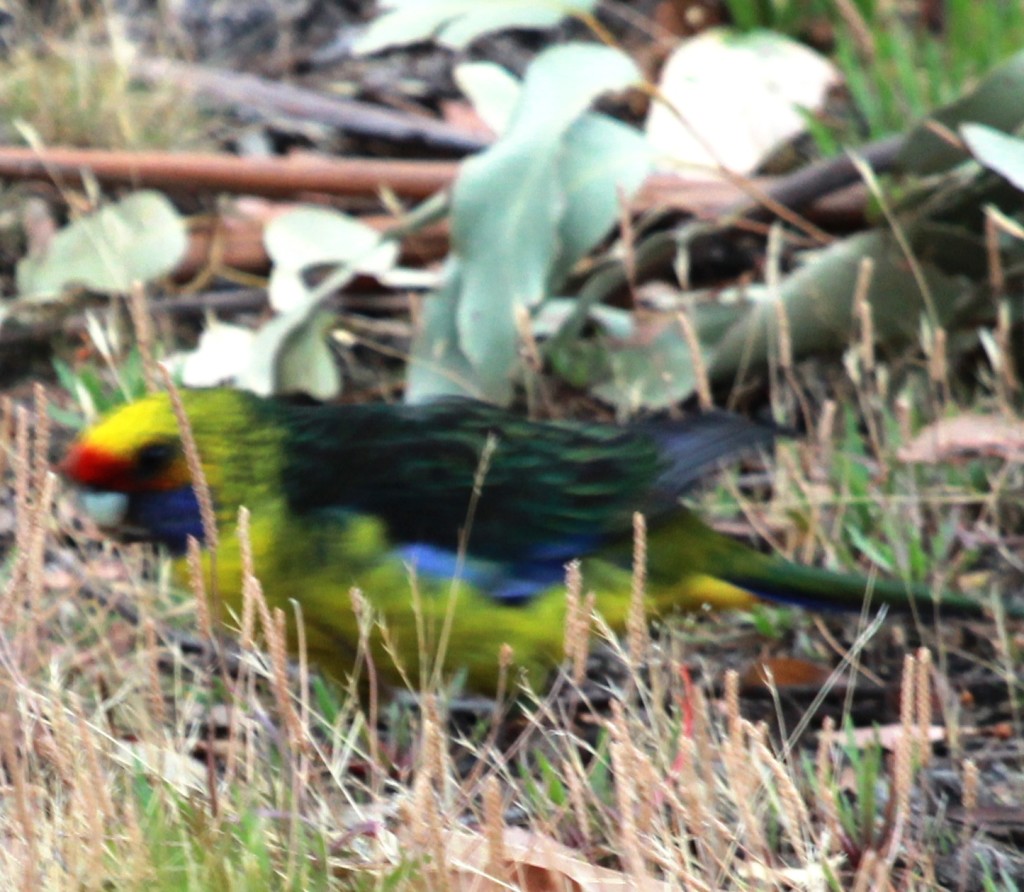
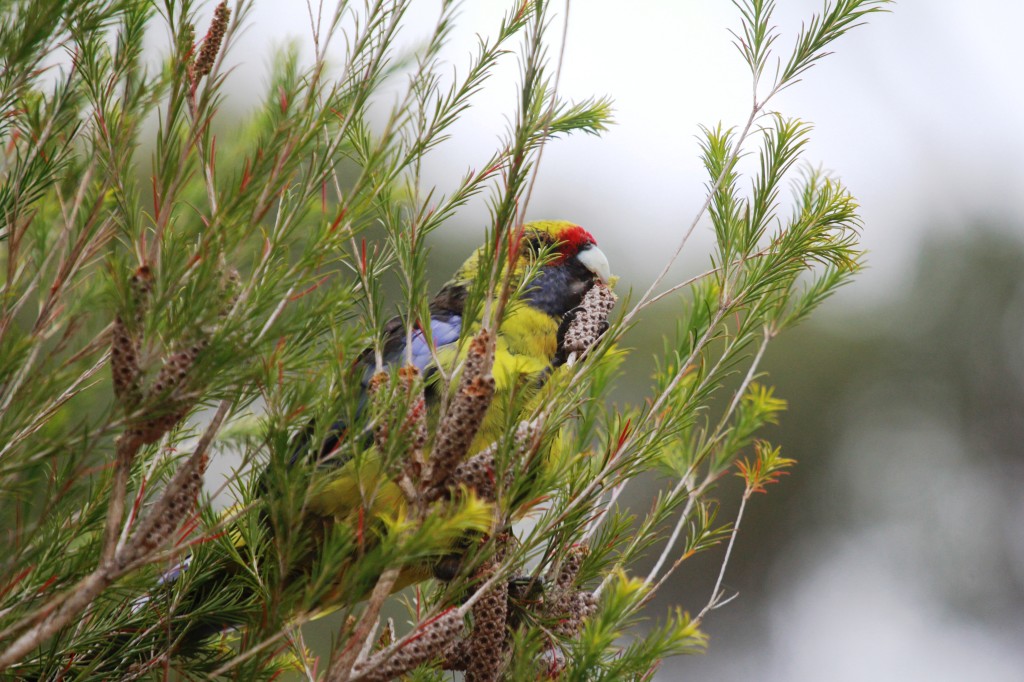
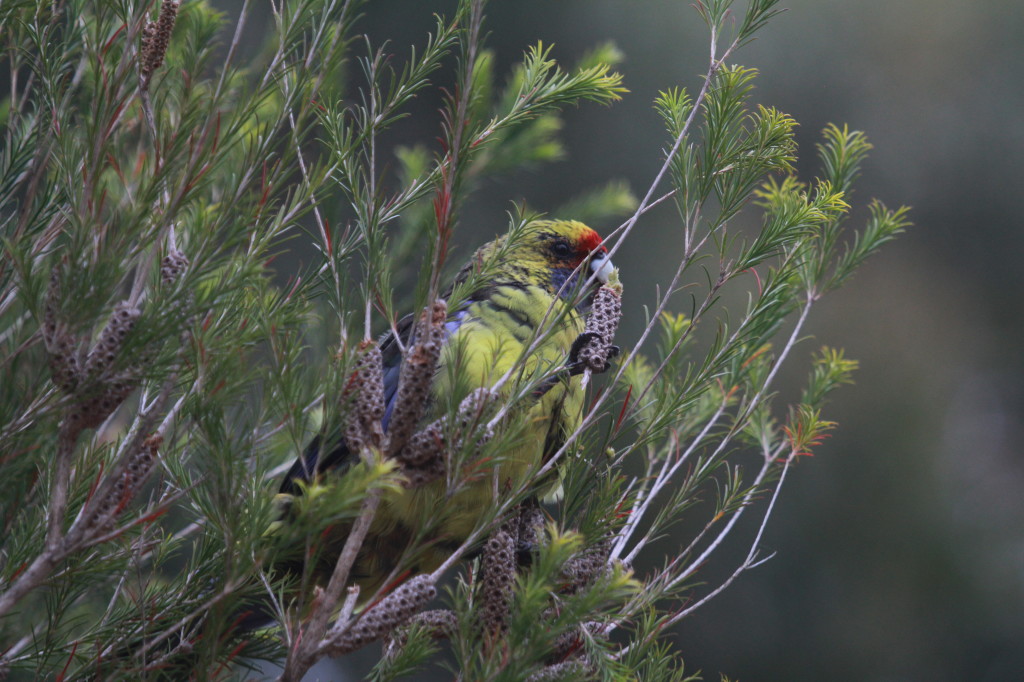
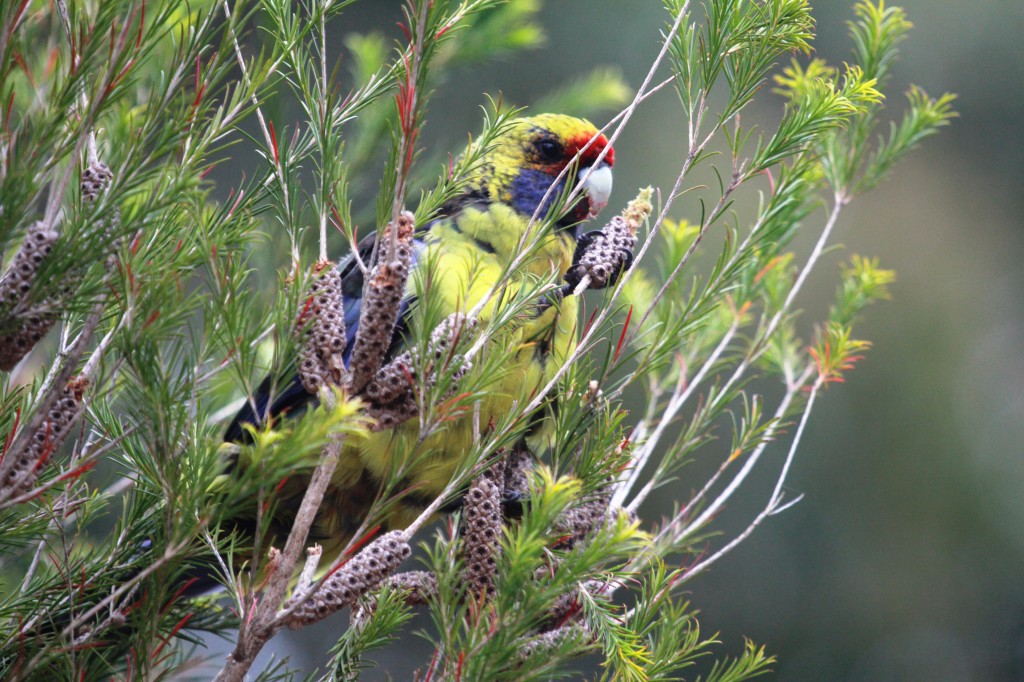
We had almost given up hope for the Swift Parrots when a lady said she saw some near her cabin which was one of the cabins nearest the beach. Sure enough, there was a Swift Parrot living up to his name by flying swiftly from one tree to another. I did my best to get a good shot but he wasn’t going to make it easy!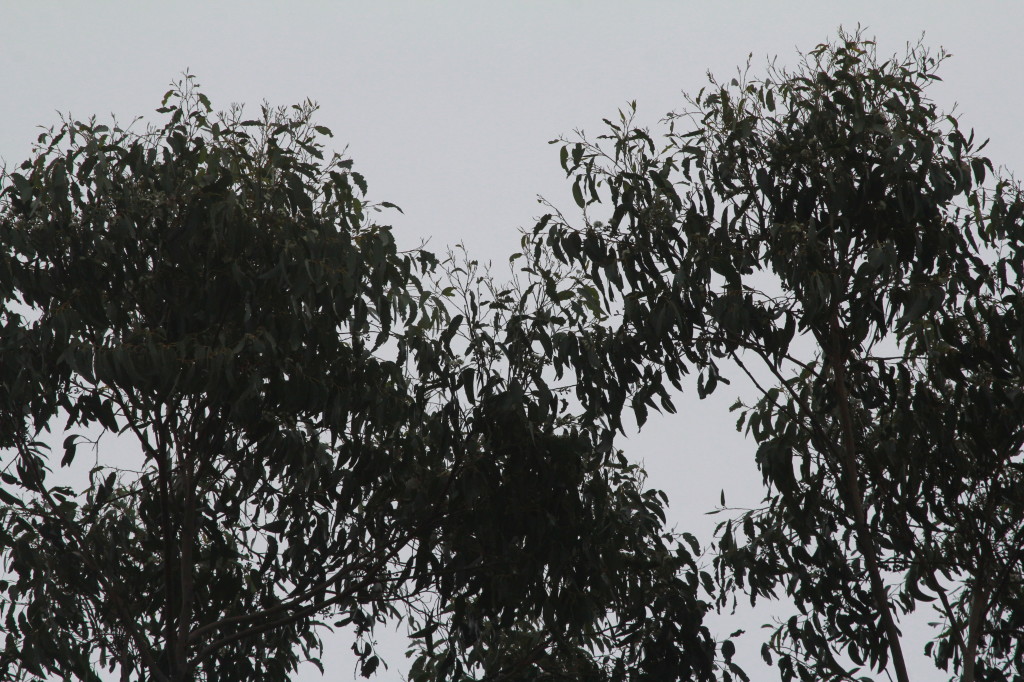
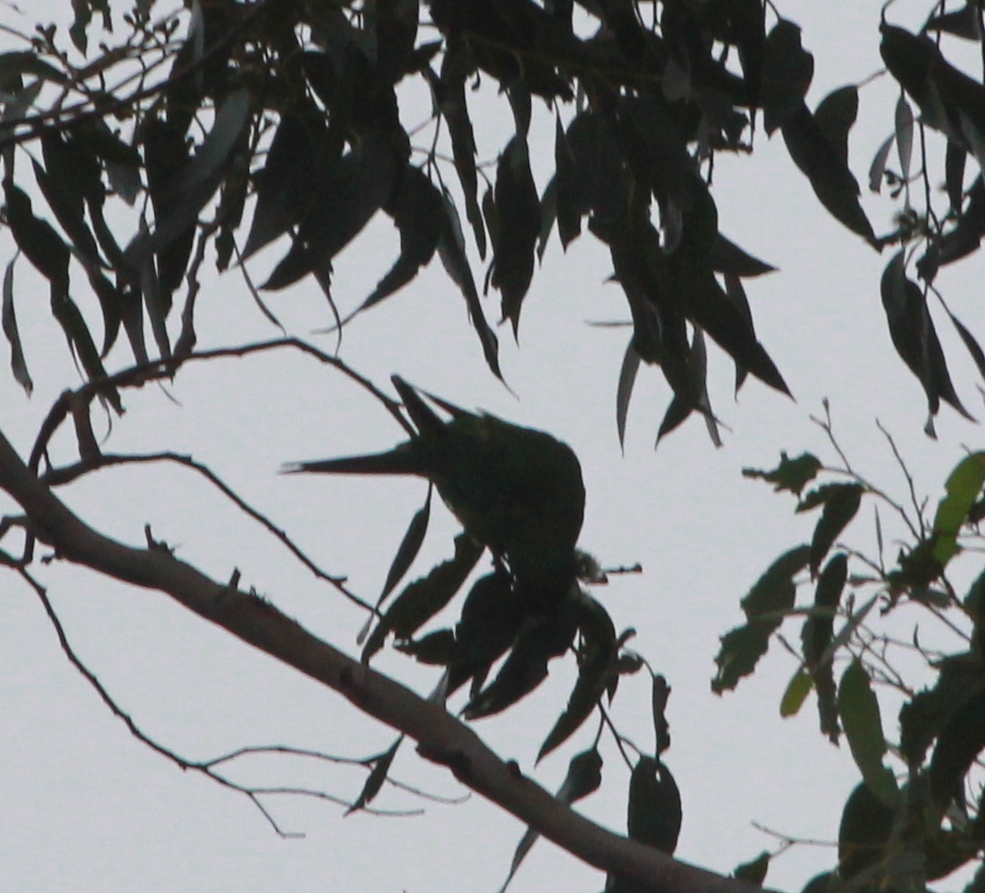
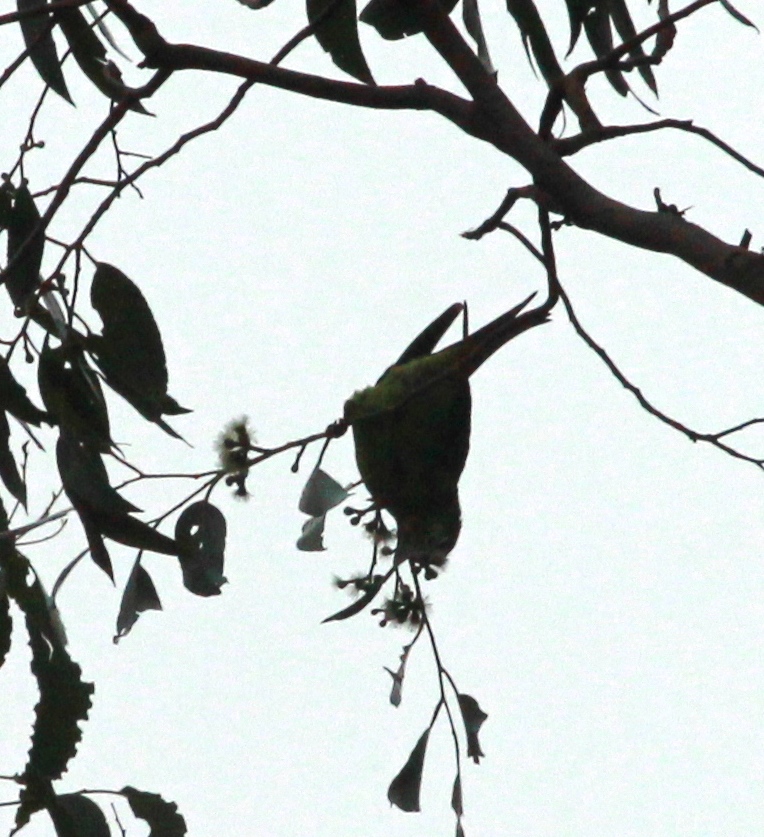
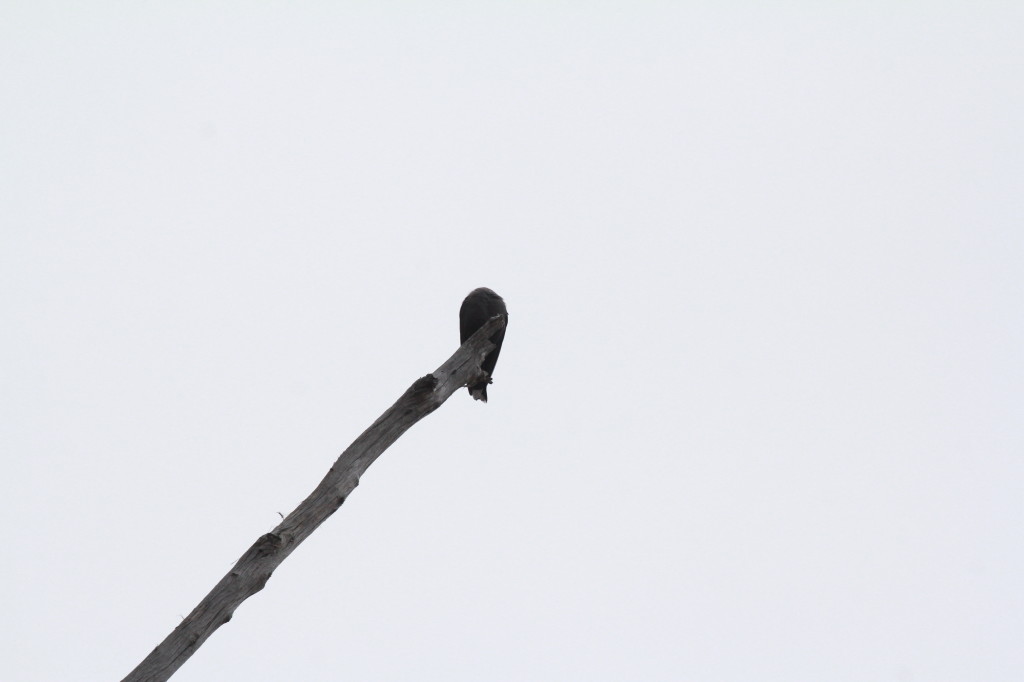
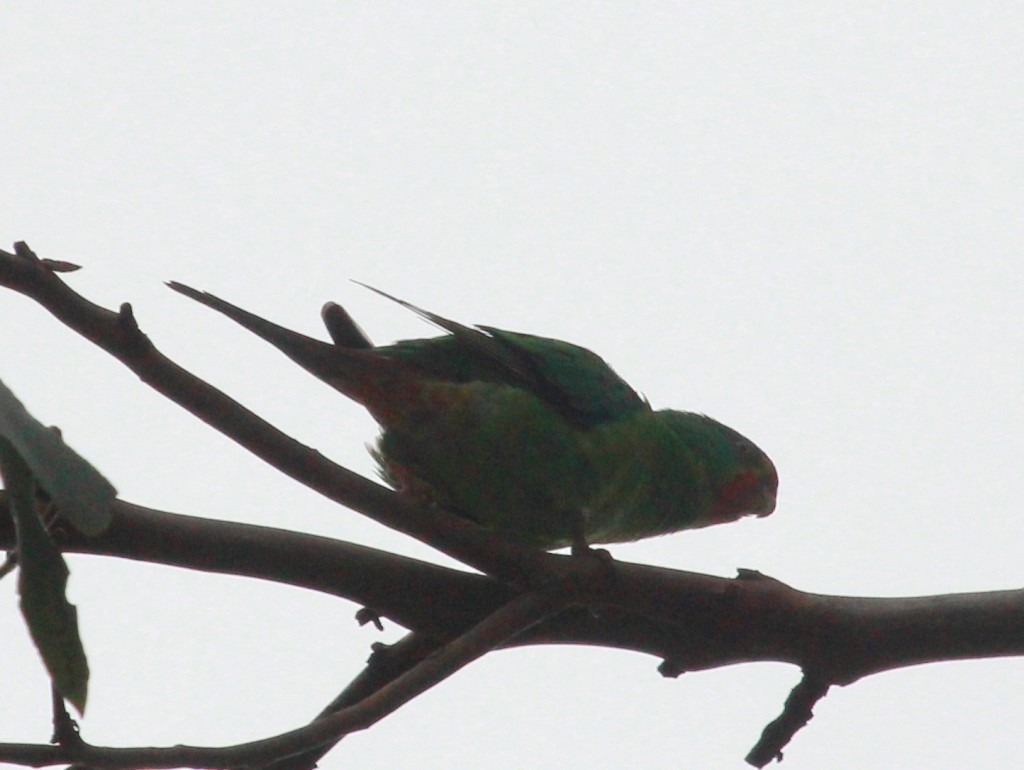
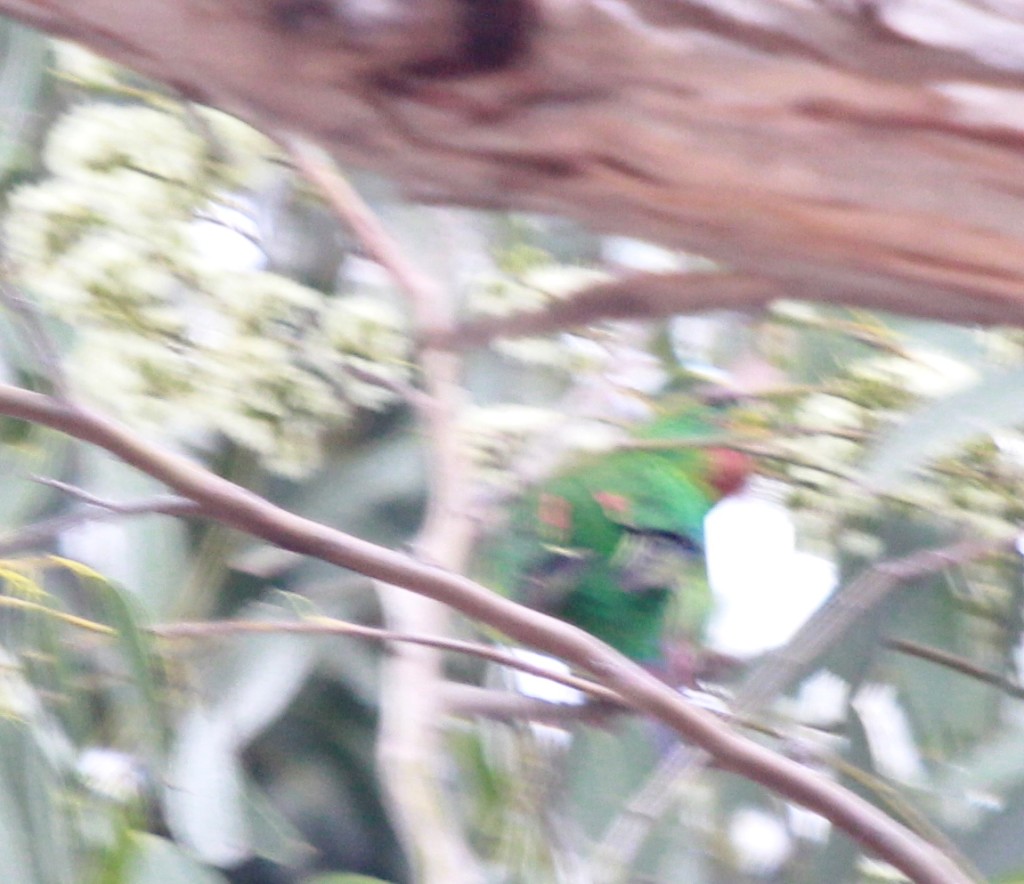

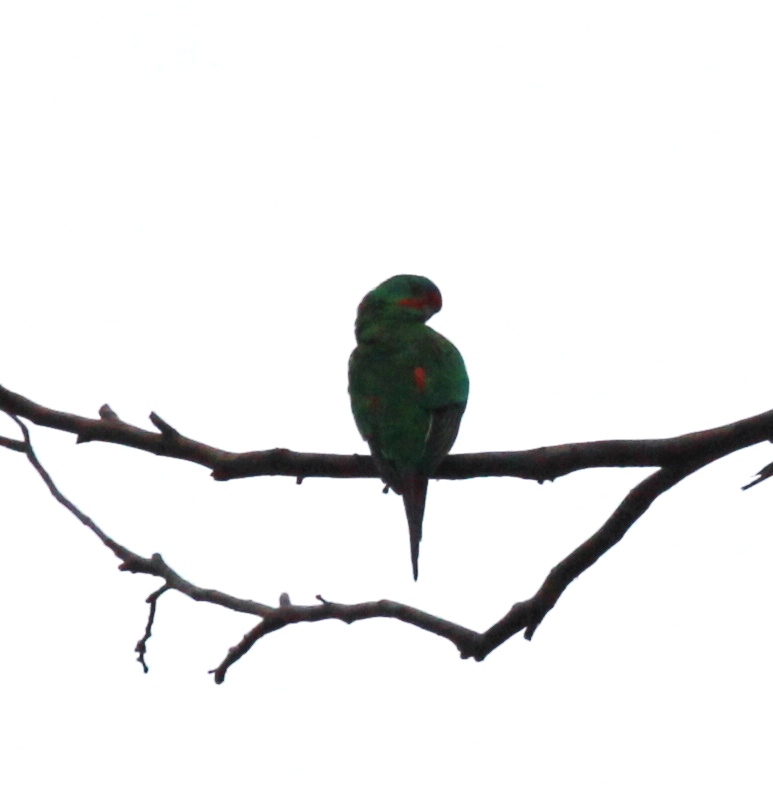
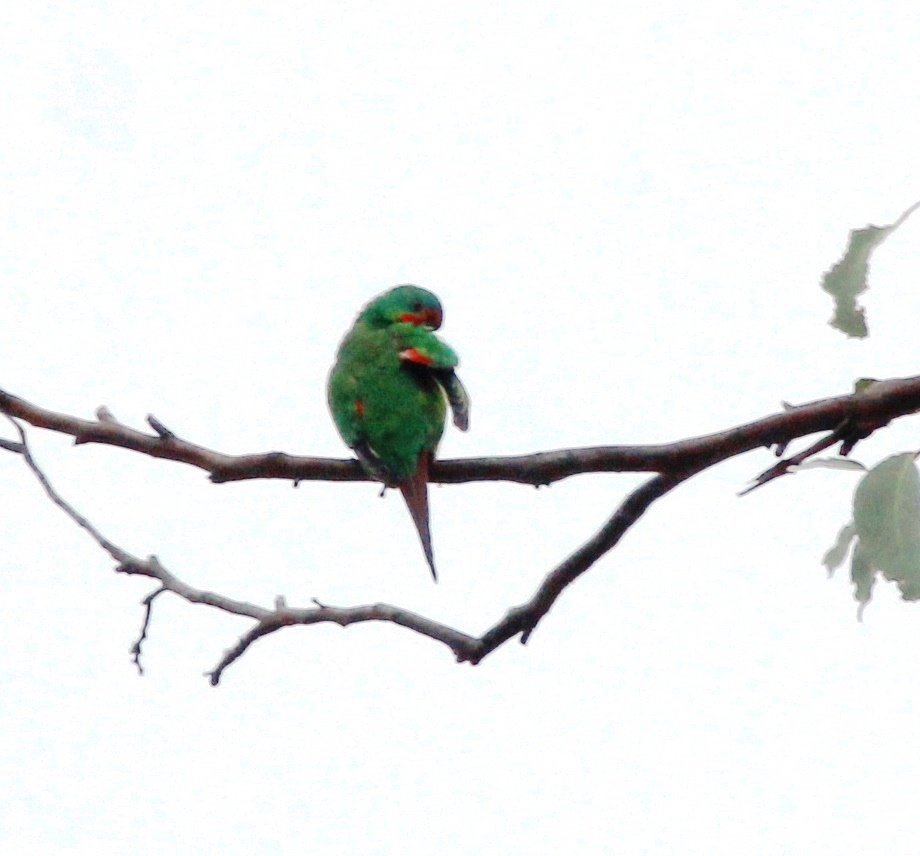
With Tasmania’s wealth of natural beauty and wise variety of bird species you really have to spend some time doing research to make sure you visit places you are likely to see your target birds. Since my main interest was parrots, I worked out the best places to see them. Tasmania has 10 parrot species:
This is my final route.
Birding Tasmania
Hobart has many parrot species – Eastern Rosellas, Swift parrots, Musk Lorikeets, Sulphur-crested Cockatoos, Blue-winged Parrots, Galahs.
Melaleuca is accessable by flight from Hobart to see Orange-bellied Parrots & Eastern Ground Parrots if you are lucky.
Bruny Island is known for Swift Parrots, Yellow-tailed Black Cockatoos & Green Rosellas.
Strahan is supposed to be the easiest place to see Eastern Ground Parrots.
Cradle Mountain has Blue-winged Parrots.
Freycinet has Green Rosellas, Blue-winged Parrots, Yellow-tailed Black Cockatoos and Musk Lorikeets.
Complete list of birds found in Tasmania
Over the next few weeks, I will take you on a journey as I discover many beautiful Tasmanian birds.
This charming movie captures the excitement of birding, especially when a rare species is seen and builds it into the story of an awkward teenager coming of age. If you are a birder, you will probably recognize yourself as a “watcher” or a “lister” and maybe have come up against some of those ultra-competive hardcore birders you will meet in this film. I can’t say anything more or I will spoil it! But here’s a trailer and a nice clip of some North American birds.
It makes me wish I had gotten into birding when I was younger……………and had more energy and physical stamina!
The movie is available on Amazon.com (my affiliate link) as an instant download or dvd to pre-order for 25 May.
Since many birds camouflage well in the surrounding foliage, sound is very important to help us locate them while walking through the rainforest. Sound is also very important to the birds themselves as they communicate with each other as you will see in this mini-doco video.
I recently discovered this series of “Inside Birding” videos on YouTube. In this one, they explain about how a bird’s color pattern can help you identify it. I have to admit that this can be difficult with fast flying species such as parrots!